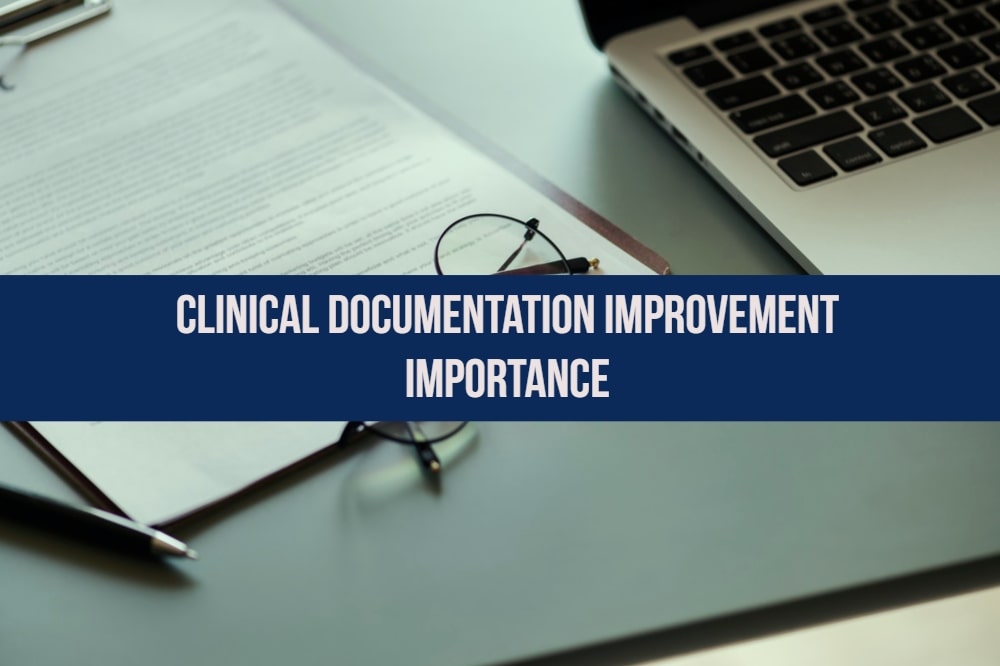Physicians educate and train themselves to practice medicine and impart health care to the populace. However, a large part of their daily lives is spent tending to administrative tasks – something that they would rather not be doing given half a chance. With the constantly evolving medical regulatory and payment space, it is very difficult for physicians to escape from the requirements of administrative tasks. Well, all is not lost – pre-visit planning programs is one way of reducing administrative burdens and spending more time in caring for patients.
So what exactly is pre-visit planning? A proactive approach to shifting certain administrative tasks away from the patient’s scheduled time of appointment, pre-visit planning includes a variety of tasks that work to reduce waiting time and minimize issues that can cause disruption to patient flows. Given below are some of the tasks that make for a successful pre-visit planning set-up.
Set up the next appointment at the conclusion of this visit
Scheduling patients for their next visit at the end of the current visit will save time and reduce the number of staff touch points.
Set up a visit planner checklist for the patient’s next appointment
Set up a checklist that allows a physician to indicate the next appointment along with any associated tests that may be required before the visit.
Arrange for lab tests before the next visit
This allows the physician and patient to discuss the test results and also lets the physician plan management decisions to be discussed during the visit.
Perform visit preparations
Done by a nurse or medical assistant either one day before or just prior to the appointment, these preparations involve printing copies of lab results and other tests to share with the patient; reviewing the physician’s notes from the last visit and making sure that observations from other physicians who delivered interval care are attached to the patient’s record.
Send appointment reminders to patients
Send patients reminders about their forthcoming appointment through letters, emails, phone calls or text messages to reduce no-show rates.
Consider a pre-visit phone call or email
Make a pre-visit phone call to more complex patients, to discuss medication reconciliation and agenda-setting and pre-populating the visit notes with this information. You could email a link for the patient to complete a pre-appointment questionnaire, which then gets added to the patient’s visit notes.
Hold a pre-clinic care team meeting
A five- to 15-minute pre-clinic meeting will bring the team together to review and share knowledge about the day ahead. This will help in alerting the team to last-minute changes or special patient needs, along with determining how to best share the day’s work.
Hand off patients to the physician
A brief, one-minute handoff to the physician can save 10 minutes in the examination room and helps the physician best meet the patient’s needs and expectations.
Pre-visit planning can save a practice time and money. According to the AMA, practices that have implemented pre-visiting planning are realizing cost savings and improved efficiencies, often saving 30 minutes of both physician and staff time per day. In terms of money – assume a practice operating 220 days a year. With a physician’s time cost of about $3 a minute and staff time costs about $1 a minute—that amounts to about $26,400 a year.
A pro-active approach to patient care, pre-visit planning gives providers most of the information needed at the time of the visit thus streamlining the care process. This allows doctors to spend more time providing direct patient care while saving the practice money – a win-win situation for all.



